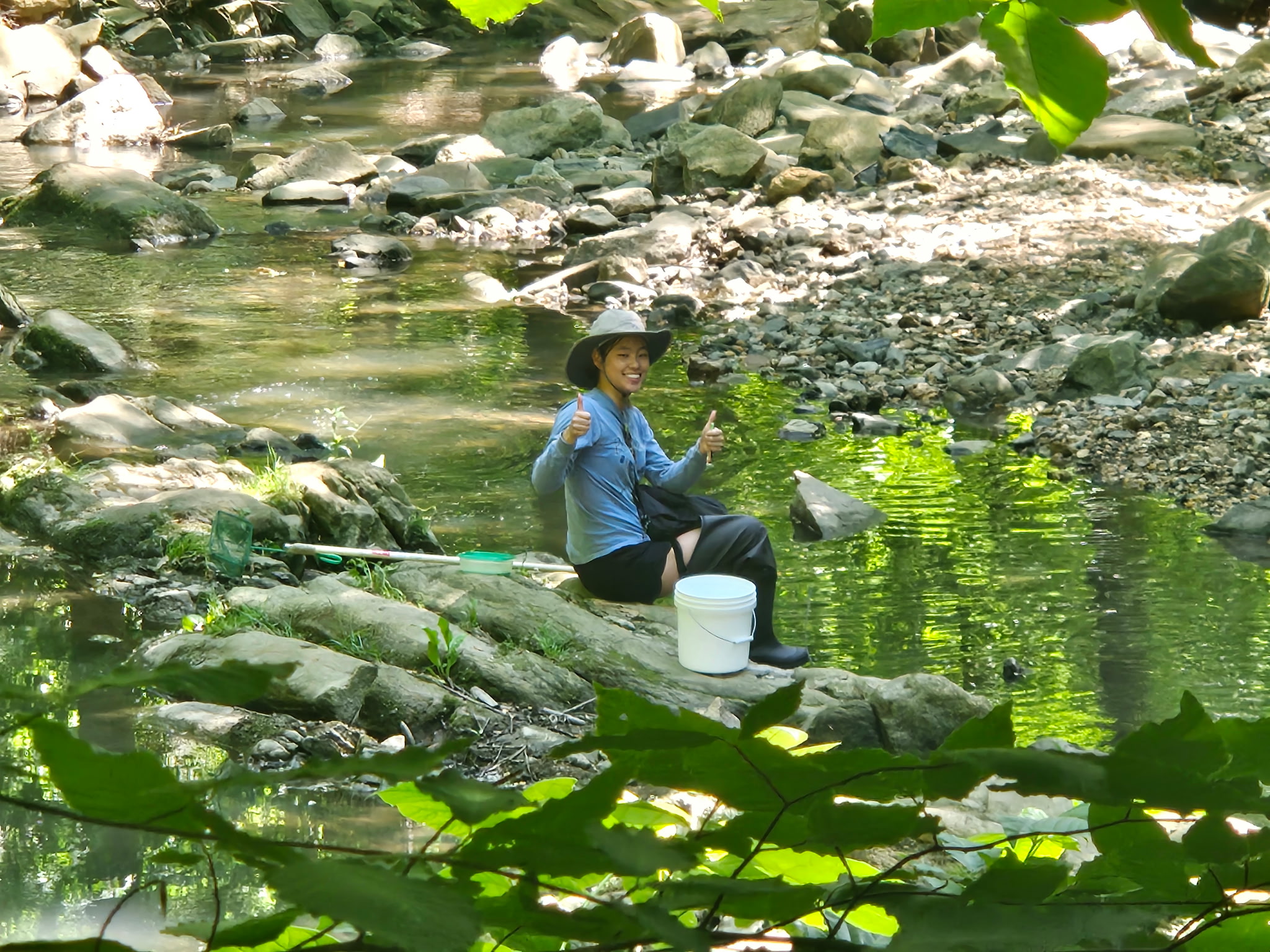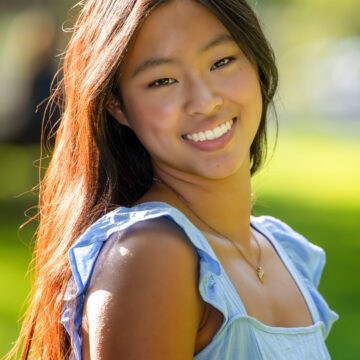
When I first wrote my Common Application essay on making a clay doll in my room, I didn’t think it was good. Unlike those who started robotics clubs in 6th grade or won global computer science awards, I had minimal experience in STEM throughout high school. All I had was some paper clay, scattered online tutorials, and an entire summer of trying to assemble a ball-jointed doll (a very intricate and high-quality collector toy, usually cast from clay into resin). After inhaling copious amounts of dust at the desk, I still failed. But by documenting my attempts and the friends I made along the way, Hopkins chose me. It welcomed a 17-year-old girl with open arms and believed in her passion and power for creating.
In fall 2020, the Hopkins class of 2024 hailed from all over the world amidst the peak of COVID-19. Through Zoom meetings and our extremely active Discord servers, I picked up my childhood favorite video game, Minecraft, as a major bonding activity with my new classmates. The game is like virtual 3D LEGO, where players can unleash their imagination to build various structures, harness resources, and implement custom game plug-ins. We formed a huge commune, went on countless adventures, and began building a Minecraft replica of the Homewood campus. The community’s popularity then led to a partnership with the Hopkins Digital Media Center (DMC) for funding and technical collaboration. In August 2020, the HopMC Minecraft Club was born. That summer and fall, I spent two to four hours each day playing the game, organizing gaming events, and recording game highlight videos.
I found a profound sense of connection where, both in and out of the video game, talented young people came together despite the lack of face-to-face interactions. The Minecraft club attracted 60 to 80 players to each event, even including our favorite chemistry professor, Dr. Jamie Young. We designed custom poster prizes and postcards, which the DMC shipped to students across the world. Many people eventually became roommates, travel buddies, and student venture partners through Minecraft. As I revisit the bittersweet memories of COVID-19, I am so, so grateful for this form of support. And every time I laid a brick or improved my “smart home” in Minecraft, I gained more confidence in my engineering career.
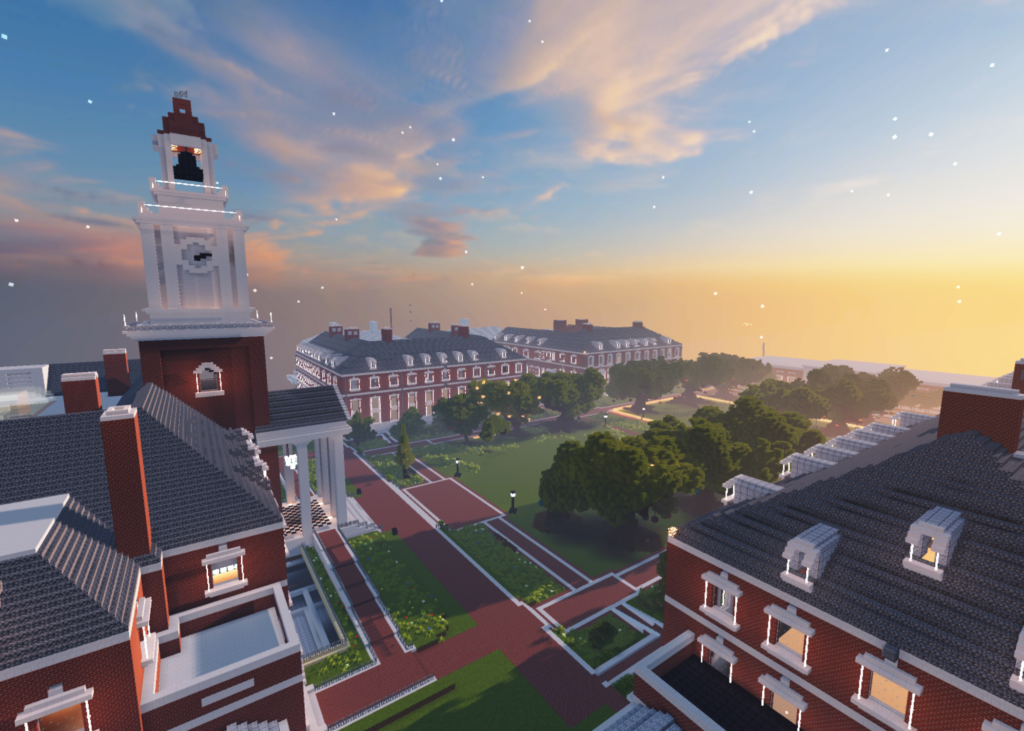

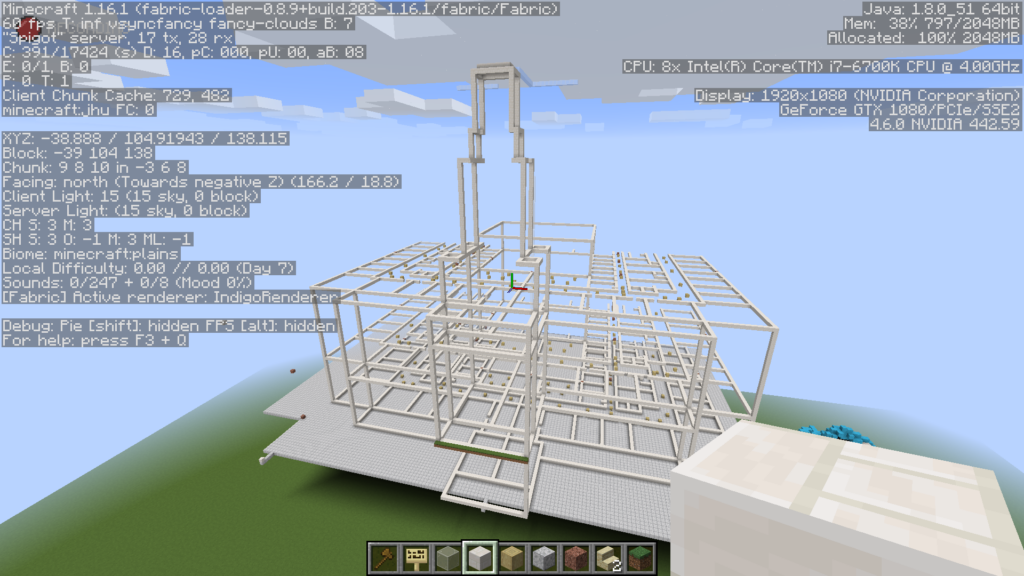
While my exposure to engineering began with Minecraft, the entire Hopkins community provided generous support and freedom to explore. After switching my course of study from mechanical engineering to pure math, then to pre-med and public health, I finally landed on electrical engineering and computer science. Just like my clay doll project, I gained so much joy and satisfaction from solving problems, delivering high-quality work, and collaborating with like-minded peers. My constant inner monologue from “I don’t think I can do this” to “I did it!” never ceases to amaze me, and the journey couldn’t have been as exciting without Hopkins.
The academic rigor at Hopkins is significant; engineering students often say, “None of us know what we are doing.” However, through challenging hands-on projects, perplexing assignment descriptions, and generous help from amazing teaching assistants, our engineering cohort survived the most difficult core requirements. Beyond in-class practices, many of my classmates engaged in research and startup work at the Hopkins Laboratory for Computational Sensing and Robotics (LCSR), the School of Medicine, the Applied Physics Lab, and many other research partners and institutions. I have been an undergraduate researcher at the Locomotion in Mechanical and Biological Systems Lab under JHU LCSR, working on an independent project on the refuge-tracking behavior of weakly electric fish. From opportunities to develop smart medicine, save oysters through underwater acoustic systems in Baltimore’s Inner Harbor, and invent edible tapes for tacos, we feel ready to tackle real-life problems and excel in the professional field.
Looking back, all the late-night homework grinds paved the path to greater things. With numerous scholars spearheading progress in different fields, I learned from their expertise and vision—and then started dreaming bigger and bigger.


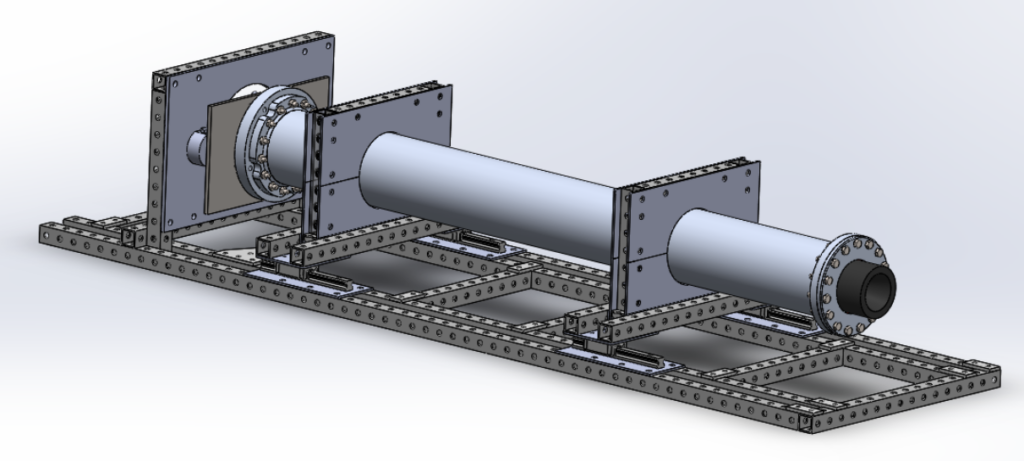
Around Thanksgiving in 2022, I received an interview invitation for the Pathways Internship Program at the NASA Goddard Space Flight Center. As a decade-long fan of the shows “Cosmos” and “Mythbusters,” I never thought about NASA sending me an email. I called my mother, all ecstatic. She couldn’t wrap her head around it.
“NASA? What are you talking about?”
“Yeah, the organization we see on TV that sends people to the moon!”
At the age of 21, I saw my childhood dream come true. Rather than marveling at grainy footage of spaceships, I could visit the Integration and Testing building, where engineers assemble the Roman Space Telescope right in front of my eyes. I currently intern in the power systems branch as an electrical engineering trainee, working on electronics testing and portable battery systems for lunar missions. I have the best mentors and co-workers, access to several decades of rich history and inspiration, and infinite potential to further my expertise. The electronics we build will be flown to the stars.


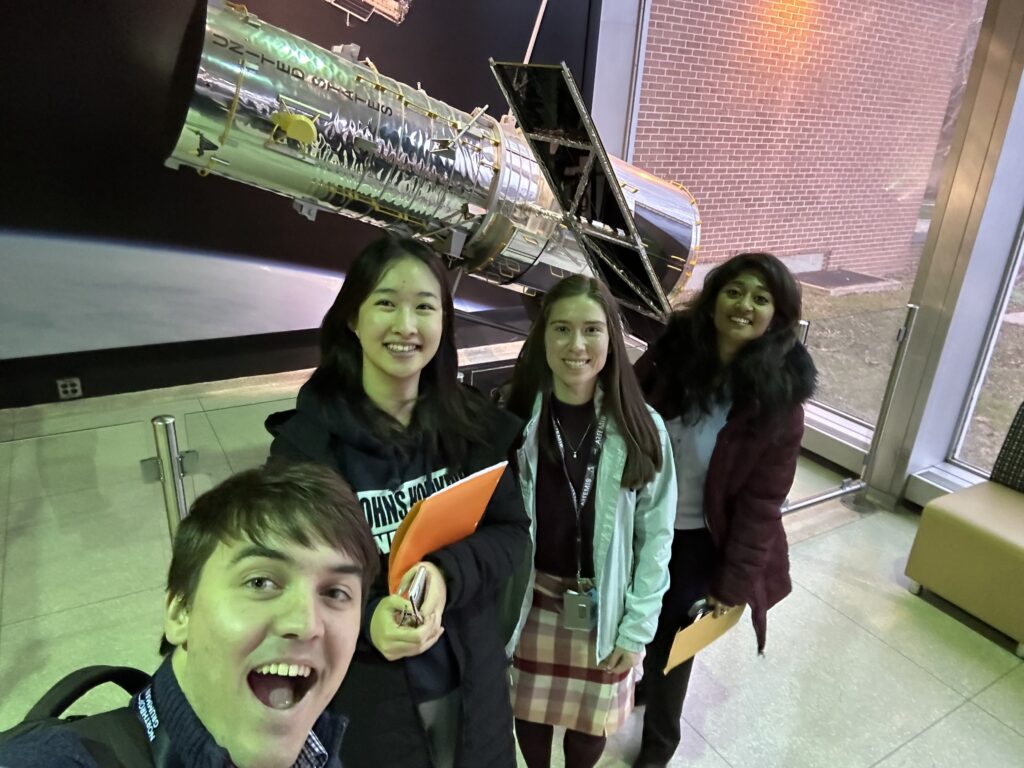
There was a time when I didn’t know how to spell Johns Hopkins correctly, and when I didn’t know there was a NASA center 50 minutes from the Homewood campus (via the JHMI shuttle or the MARC train). I didn’t believe I could become the first American immigrant, artist, gamer, and engineer — female engineer — in my entire family. But from the moment it accepted me and my clay doll story, Hopkins has been a huge force of support. Here, one can choose any combination of majors, meet the world’s greatest young people, and achieve something they never thought possible. It’s a place where people care for each other, grow through hard work and passion, and carry essential social responsibility for the world.
“Ad astra per aspera” — to the stars through difficulty, as all the space people love to say. At Hopkins, we reach for the stars across all frontiers. Whether it’s a clay doll, a Minecraft build contest, or NASA flight hardware, I have found my path, voice, and value at Johns Hopkins.


